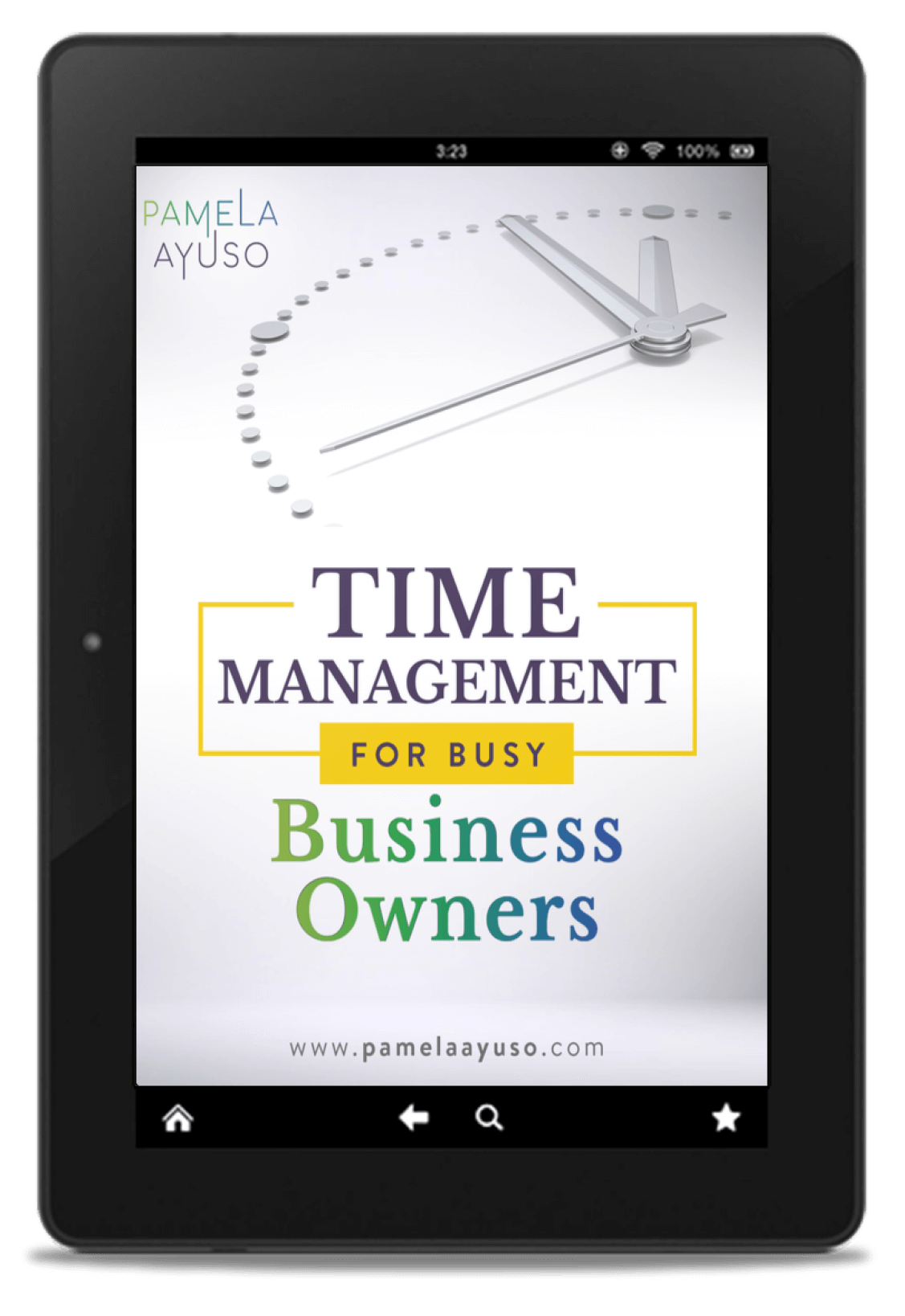We tend to believe that our actions have linear relationships, and that is not always true. If you are beating your head against the wall trying to solve a problem that you have been unable to solve within your organization, perhaps a systems approach can help you develop a new mental model for it. Applying this methodology to our companies can help us see our businesses in new and powerful new ways (if you want to dive into systems thinking, I highly recommend Donella Meadow’s Thinking in Systems (public library), the inspiration and source of this article).
Companies are systems, much like economies, people, and trees. Systems are made of elements, interconnections, and a purpose. Its components are the parts that make it up, which then interact with each other. When those elements come together, they become more than the sum of their parts and have their way of behaving. They can quickly become adaptable and even evolve. All systems have a purpose or goal towards which it is working. Often it is not stated and can only be observed over the long term.

The following are three characteristics of systems that I have found applicable to running a business.
Information
Systems are interconnected through information, and this is how they operate. Data is what triggers decisions and actions within companies. For example, in a company, receiving feedback that a product is doing well in the market will more than likely prompt it to produce more to meet the demand. Likewise, discovering that one of the company’s products is faulty will cause a team to revisit the production process to fix the product or stop production.
Information is how the company’s different parts are connected and why they interact the way they do. Therefore, for the system to run smoothly, the barriers to the free flow of information need to be removed. In a sense, no one owns information, so it should be open within the company. And the more quickly and dynamically that information can get to decision-makers, the more agile a company will be.
Resilience
A resilient company can bounce back from challenges:
Resilience is a measure of a system’s ability to survive and persist within a variable environment. The opposite of resilience is brittleness or rigidity.
Donella Meadows, Thinking in Systems
When faced with a challenge, a resilient company will be able to deal with the issue and return to how it regularly operates. Imagine the human body and its resiliency: it can heal itself and fight off intruding infections. It can regulate its temperature and also its metabolism.
If we translate this to a company, then it, as a resilient system, will be able to go through many different events without losing the ability to evolve and repair itself. It will have a much higher tolerance to disrupting events and will not break. Redundancy is a critical element that I have found will make companies more resilient. For example, if more than one person has been trained to do each of the company’s jobs, the organization will be able to withstand personnel changes. Robust systems and processes also make businesses more resilient by ensuring proper workflows are always followed no matter the circumstances.
Self-Organization
Systems tend to self-organize. The process takes time and may be a bit chaotic, so allowing this self-organization requires tolerance and patience. But self-organization yields innovation and previously seen forms of managing a company. I have seen it in our teams, where through the work they do, they find ways to get the tasks out in a way that works well for them.
One of our teams recently grew. Our accounting department wanted to be together in the same space, so they proposed and led a move to an additional office space we had. The other teams came together, and two of them moved after that. They took all the decisions and had them solved within two weeks. I had never had the experience of watching such a significant move without getting involved. It was thrilling to see the power of the system in action.

The lens that systems-thinking provides is invaluable, especially if you are leading a firm or a team. With this perspective’s aid, you can evolve to become the caretaker of a complex system and work on making it more resilient and creative.
Meadows, Donella, H. Thinking in Systems. Chelsea Green Publishing; Illustrated edition, December 3, 2008. E-book.



